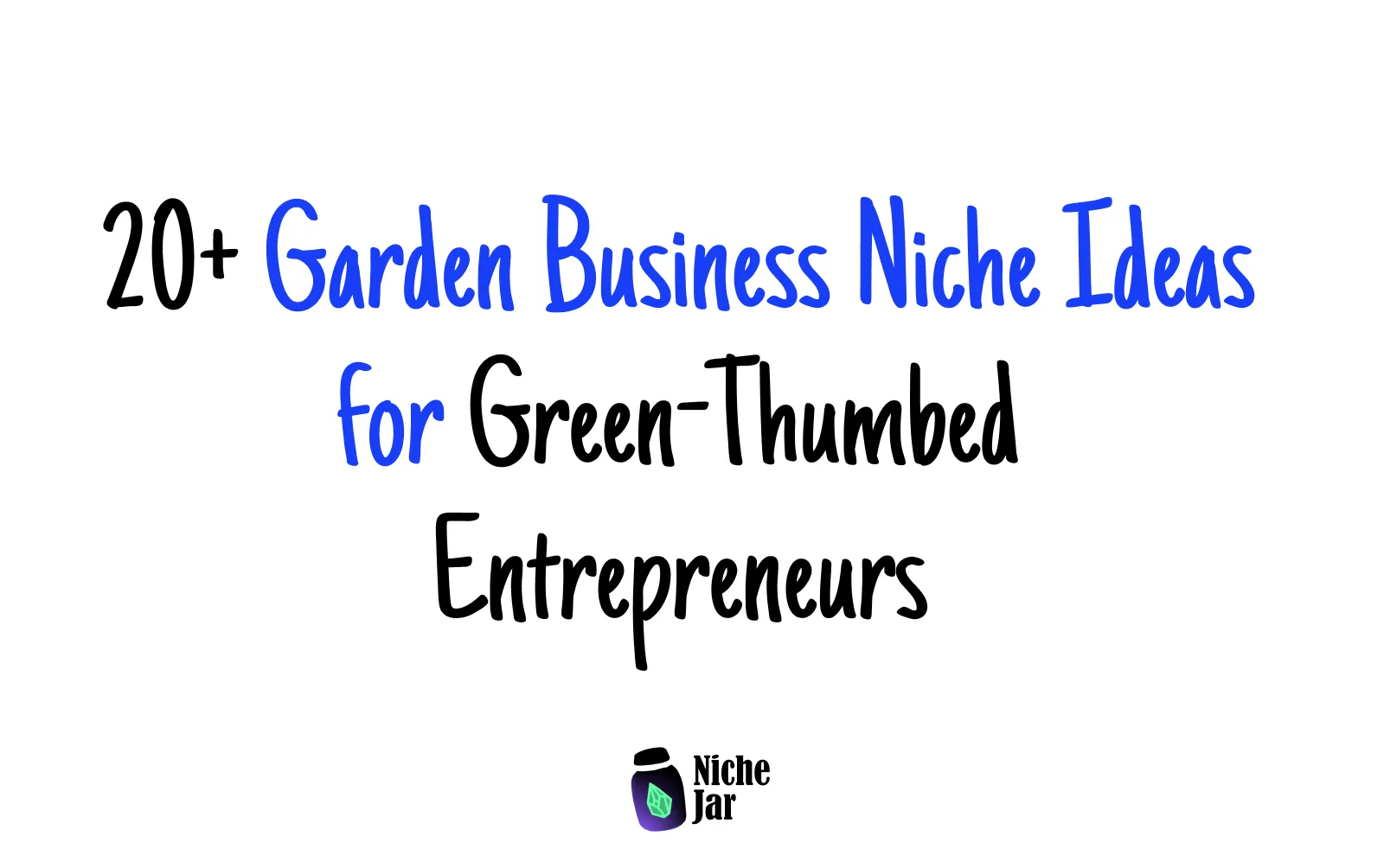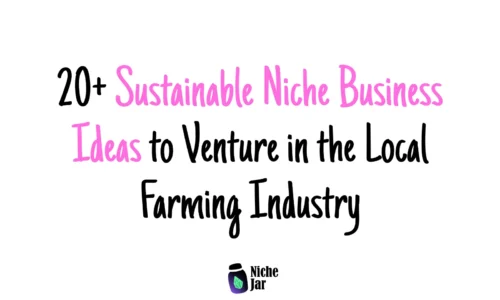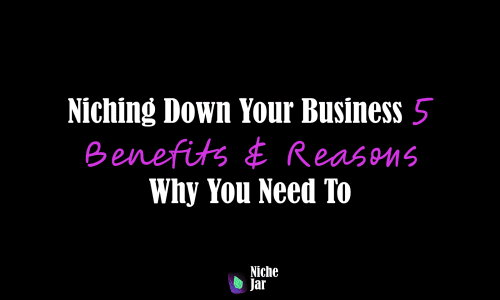- Senia
- 0 Comments
- 577 Views
Have you ever thought about turning your love for plants into a source of income? The truth is, there are many profitable garden business niche ideas waiting for green-thumbed entrepreneurs who enjoy working with nature. Whether you have a small backyard, a balcony, or access to larger land, opportunities in the gardening industry are growing every season.
For many of us, gardening starts as a hobby. We plant a few herbs in pots, experiment with flowers, or try to grow our own tomatoes. Over time, this simple passion can spark a realization: people value fresh, beautiful, and sustainable greenery more than ever. That’s why garden-related businesses have become a wonderful way for everyday people to make money while doing something they enjoy.
The garden business industry offers more than just selling plants. It includes landscaping, eco-friendly services, handmade gardening products, workshops, and even digital content for fellow plant lovers. From what I’ve seen, people often think they need acres of farmland or expensive equipment to start—but that isn’t always the case. Many niches can begin with small steps, like growing herbs at home or offering container gardening services for urban apartments.
In this post, we’ll explore 20+ Garden Business Niche Ideas for Green-Thumbed Entrepreneurs for entrepreneurs with a green thumb. For each idea, we’ll look at:
- Why it could be profitable
- Who the target audience might be
- Practical steps to get started
- Possible challenges and humble solutions
- Startup costs and monetization strategies
- A real-world example or scenario
This way, you can find the gardening niche that best fits your skills, space, and resources.
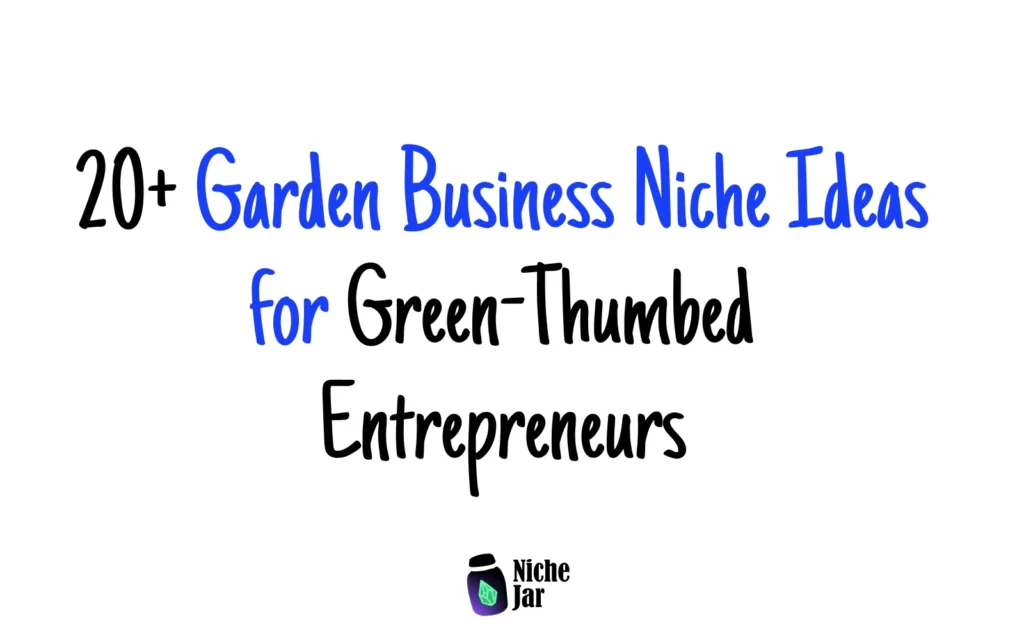
1. Plant Nursery Business
What it is: Selling plants directly to customers—flowers, vegetables, trees, or shrubs.
Why it’s profitable: Home gardening is rising in popularity, and people prefer buying from local nurseries over big-box stores.
Steps to start:
- Research which plants are in demand locally.
- Start with easy-to-grow varieties.
- Use online platforms or a roadside stall for selling.
Challenges: Managing pests and plant health. Solution: Learn organic plant care methods and maintain clean growing conditions.
Startup costs: $1,000–$5,000 depending on scale.
Monetization: Retail sales, wholesale to landscapers, seasonal promotions.
Example: A local gardener in Oregon grew herbs and potted plants in a small greenhouse, then expanded into selling fruit trees.
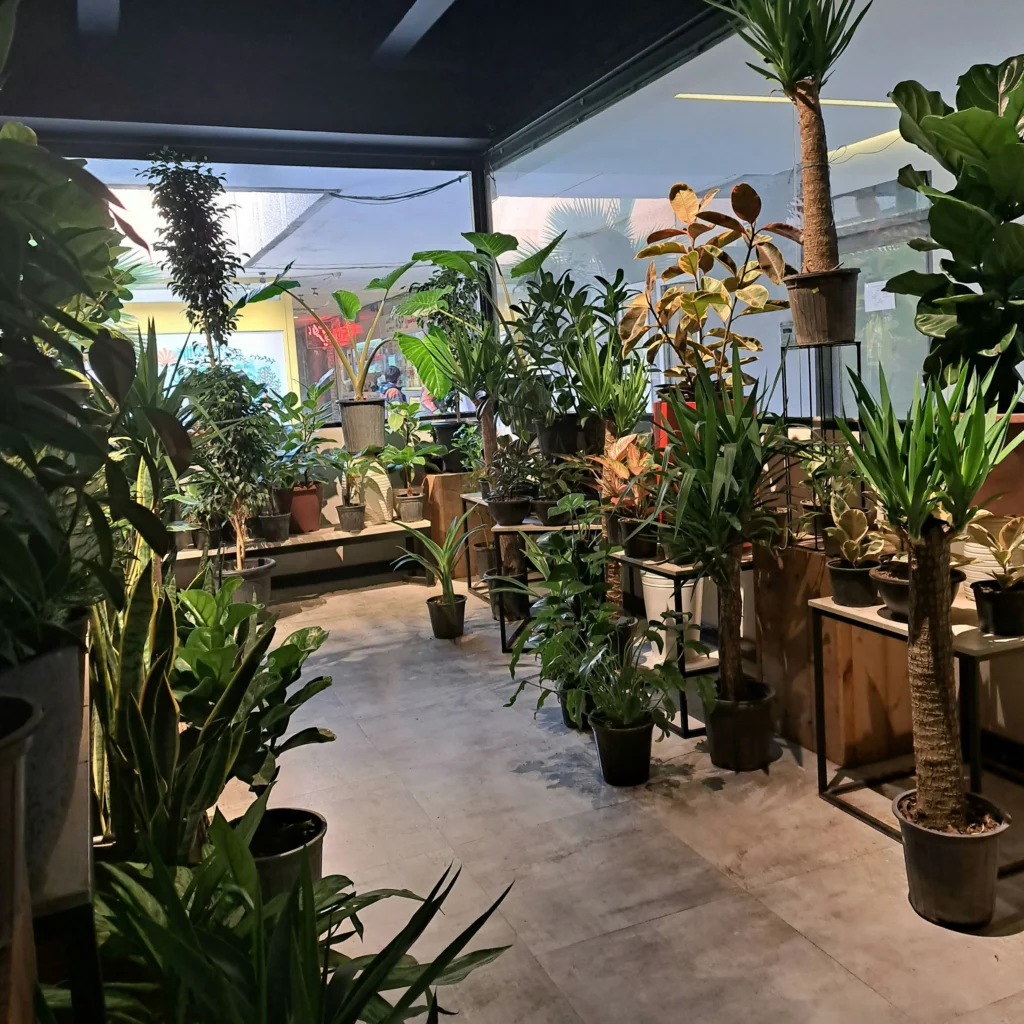
2. Landscaping Services
What it is: Designing and maintaining outdoor spaces for homeowners, businesses, or public areas.
Why it’s profitable: People want beautiful yards but don’t always have the time or skills.
Steps to start:
- Build a portfolio (start with family/friends’ gardens).
- Invest in basic tools like trimmers, mowers, and shovels.
- Offer packages (monthly maintenance, seasonal planting).
Challenges: Seasonal income fluctuations. Solution: Add year-round services like snow removal or indoor plant care.
Startup costs: $2,000–$10,000 (tools, transportation).
Monetization: Project fees, maintenance contracts.
Example: A part-time landscaper in Texas started with weekend jobs and built a steady income through referrals.
3. Organic Vegetable Farming
What it is: Growing and selling chemical-free vegetables to local households, restaurants, or farmers’ markets.
Why it’s profitable: Demand for organic produce continues to grow as people look for healthier food choices.
Steps to start:
- Start small with high-demand crops like tomatoes, lettuce, and peppers.
- Use raised beds or a backyard plot.
- Build relationships with local buyers (farmers’ markets, community-supported agriculture programs).
Challenges: Organic farming can be labor-intensive. Solution: Begin with a small, manageable plot and scale as you learn.
Startup costs: $1,000–$3,000 (seeds, soil prep, tools).
Monetization: Direct sales, CSA memberships, or supplying restaurants.
Example: A couple in Vermont turned their ½-acre garden into a profitable organic vegetable business by selling weekly CSA boxes.
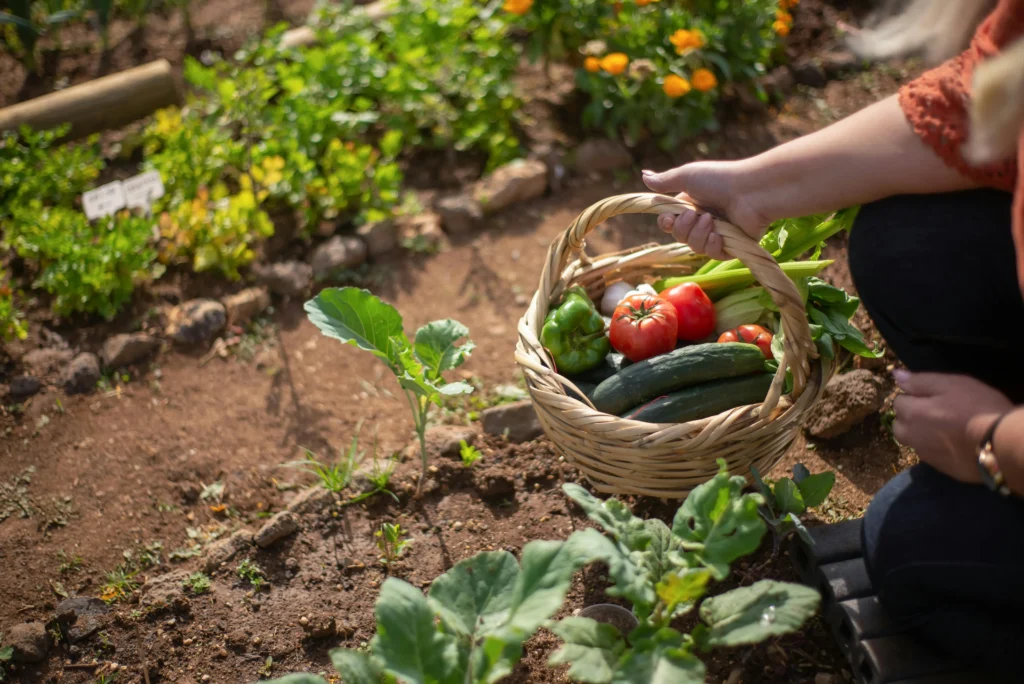
4. Herb Gardening Business
What it is: Growing culinary and medicinal herbs for local customers or specialty shops.
Why it’s profitable: Herbs like basil, mint, rosemary, and lavender are always in demand for cooking, teas, and natural remedies.
Steps to start:
- Grow herbs in pots, raised beds, or a greenhouse.
- Dry and package them attractively for sale.
- Market to restaurants, health-conscious customers, or local markets.
Challenges: Preserving freshness. Solution: Invest in proper drying and storage methods.
Startup costs: $500–$2,000.
Monetization: Selling fresh herbs, dried herbs, teas, or even herb starter kits.
Example: A gardener in California created a small side income selling dried lavender sachets and rosemary bundles online.
5. Flower Farming for Florists
What it is: Growing flowers specifically to sell to local florists, event planners, or at farmers’ markets.
Why it’s profitable: Weddings, events, and florists all need a steady supply of quality blooms.
Steps to start:
- Choose high-demand flowers like roses, tulips, or sunflowers.
- Use succession planting to keep blooms available.
- Build relationships with florists and event organizers.
Challenges: Flowers are delicate and time-sensitive. Solution: Learn post-harvest handling and refrigeration.
Startup costs: $2,000–$5,000.
Monetization: Wholesale sales, bouquets at markets, event contracts.
Example: A small farm in New York grew sunflowers and zinnias, then expanded to supply wedding florists in the area.
6. Garden Design Consultation
What it is: Helping homeowners design functional and beautiful gardens.
Why it’s profitable: Many people want attractive outdoor spaces but lack design knowledge.
Steps to start:
- Build a portfolio with free or low-cost projects.
- Offer both in-person and online consultations.
- Use simple design software to create plans.
Challenges: Standing out in a competitive market. Solution: Specialize (e.g., eco-friendly gardens, edible landscaping).
Startup costs: $500–$2,500.
Monetization: Design fees, upselling installation, or online courses.
Example: A designer in London began offering eco-friendly garden consultations, attracting clients looking for sustainable spaces.

7. Indoor Plant Business
What it is: Selling houseplants like monstera, fiddle-leaf fig, or succulents.
Why it’s profitable: Indoor plants are trending for home décor and wellness.
Steps to start:
- Propagate popular indoor plants.
- Sell online, through Instagram, or at local fairs.
- Offer care instructions to boost customer success.
Challenges: Some plants are sensitive to shipping. Solution: Focus on local sales first.
Startup costs: $500–$2,000.
Monetization: Retail sales, subscription boxes, or plant styling services.
Example: A student in Chicago grew succulents in her dorm and built an Instagram shop, now delivering locally.
8. Garden Tool Sharpening/Repair
What it is: Offering a service to sharpen and repair tools like pruners, shears, and lawnmowers.
Why it’s profitable: Many gardeners prefer repairing tools rather than buying new ones.
Steps to start:
- Learn basic sharpening and repair techniques.
- Offer pickup/drop-off locally.
- Partner with hardware stores to offer your service.
Challenges: Limited awareness. Solution: Market through local gardening groups and community boards.
Startup costs: $300–$1,000.
Monetization: Service fees per tool, maintenance contracts.
Example: A retiree in Ohio sharpened tools for local gardeners and landscapers, creating a steady side income.
9. Composting and Soil Supply
What it is: Turning organic waste into compost and selling it as nutrient-rich soil.
Why it’s profitable: Gardeners and farmers need quality soil, and eco-conscious customers want sustainable options.
Steps to start:
- Collect food waste from households or restaurants.
- Build composting bins or piles.
- Package and sell the finished compost locally.
Challenges: Odor management. Solution: Use proper aeration and cover methods.
Startup costs: $500–$3,000.
Monetization: Bagged compost sales, bulk orders, or compost pickup services.
Example: A community project in Portland turned restaurant waste into compost and now supplies local gardens.

10. Lawn Care and Maintenance
What it is: Offering mowing, trimming, and lawn upkeep services.
Why it’s profitable: Many homeowners want well-kept lawns but lack the time.
Steps to start:
- Purchase basic lawn equipment.
- Offer seasonal contracts.
- Focus on reliability and friendly service.
Challenges: Weather dependency. Solution: Offer add-ons like fall cleanup or snow shoveling.
Startup costs: $1,000–$5,000.
Monetization: Per-job fees, ongoing contracts.
Example: A teenager in Florida started mowing lawns on weekends, then expanded into a full-service lawn care business.
11. Greenhouse Growing Business
What it is: Using a greenhouse to grow vegetables, herbs, or flowers year-round.
Why it’s profitable: Extends the growing season and allows higher-value crops like specialty tomatoes or exotic flowers.
Steps to start:
- Start with a small, budget-friendly greenhouse.
- Choose crops suited to controlled environments.
- Sell to local markets, restaurants, or direct to customers.
Challenges: Heating and energy costs. Solution: Use solar or insulated designs to reduce expenses.
Startup costs: $2,000–$15,000 depending on greenhouse size.
Monetization: Direct sales, CSA subscriptions, or supplying chefs.
Example: A couple in Oregon built a modest greenhouse and now sell premium heirloom tomatoes to restaurants year-round.
12. Beekeeping and Honey Production
What it is: Raising bees to produce honey, beeswax, and other products.
Why it’s profitable: Growing demand for raw honey, natural candles, and pollination services.
Steps to start:
- Learn basic beekeeping through courses or clubs.
- Start with a few hives.
- Sell honey, wax products, or rent hives for pollination.
Challenges: Bee health issues. Solution: Continuous learning and networking with local beekeepers.
Startup costs: $500–$2,000.
Monetization: Honey sales, beeswax candles, skincare products.
Example: A small-town beekeeper sells raw honey at local markets and now supplies nearby coffee shops.
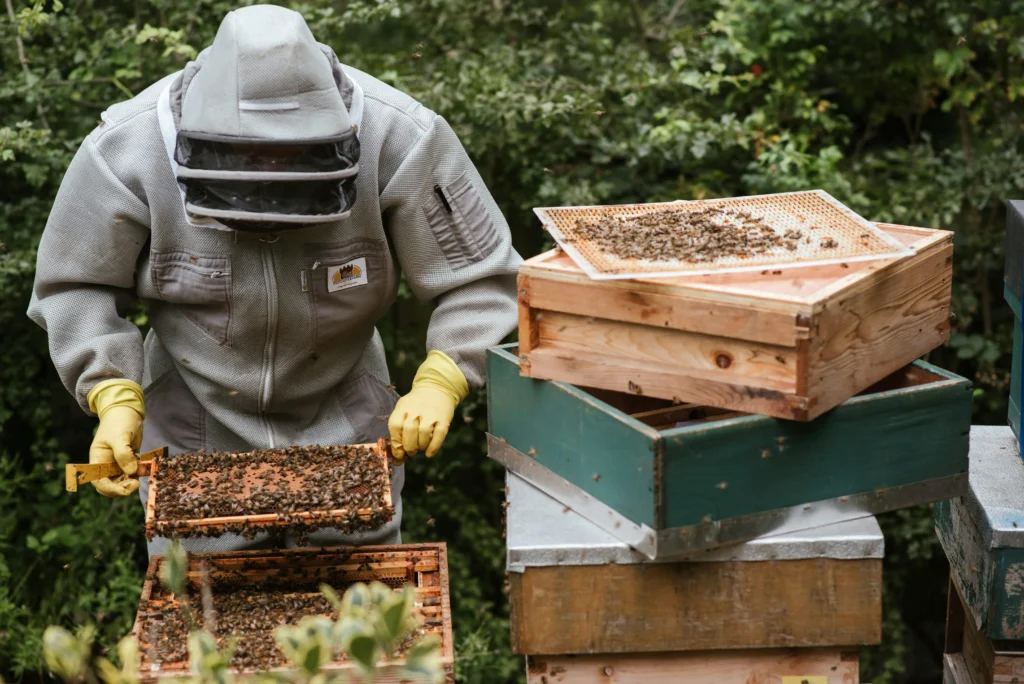
13. Mushroom Farming
What it is: Growing gourmet mushrooms like oyster, shiitake, or lion’s mane.
Why it’s profitable: High demand in restaurants and health markets with relatively low space requirements.
Steps to start:
- Set up growing conditions indoors or in sheds.
- Source mushroom spawn from reputable suppliers.
- Sell to local chefs, farmers’ markets, or online.
Challenges: Maintaining humidity and cleanliness. Solution: Start small with easy varieties like oyster mushrooms.
Startup costs: $1,000–$3,000.
Monetization: Fresh mushrooms, dried mushrooms, grow-your-own kits.
Example: A farmer in Texas grows oyster mushrooms in a converted garage and sells to local restaurants.
14. Native Plant Nursery
What it is: Growing and selling plants native to your region.
Why it’s profitable: Native plants require less care, attract pollinators, and are in demand for eco-friendly landscaping.
Steps to start:
- Research native species.
- Propagate plants from seeds or cuttings.
- Market to homeowners, landscapers, and environmental projects.
Challenges: Limited customer awareness. Solution: Educate through workshops or social media.
Startup costs: $2,000–$10,000.
Monetization: Plant sales, eco-landscaping packages.
Example: A small nursery in Arizona grew only native desert plants and found steady demand from eco-conscious homeowners.
15. Aquaponics or Hydroponics Business
What it is: Growing plants without soil, often combined with fish farming.
Why it’s profitable: High-yield, space-efficient, and appealing to urban markets.
Steps to start:
- Set up a small hydroponic or aquaponic system.
- Grow leafy greens or herbs (fast-growing, high-demand).
- Sell to local restaurants or subscription buyers.
Challenges: Technical setup and monitoring. Solution: Start with a simple hydroponic kit to learn the basics.
Startup costs: $2,000–$20,000 depending on scale.
Monetization: Fresh produce, farm tours, training workshops.
Example: An urban grower in Detroit turned a warehouse into a hydroponic lettuce farm, supplying local stores.
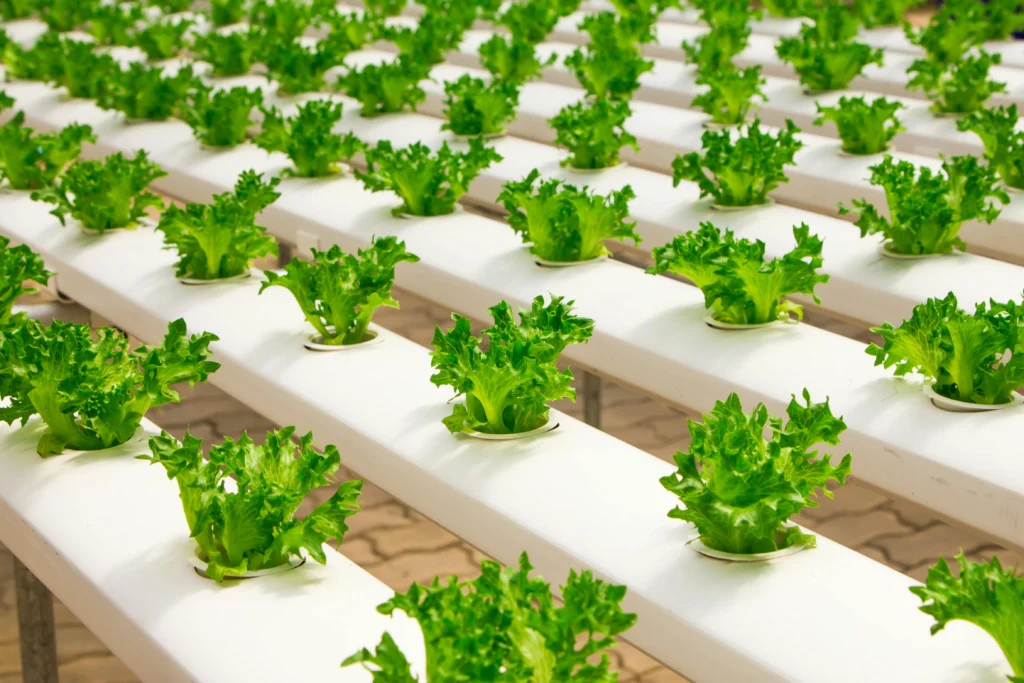
16. Seed Saving and Selling
What it is: Collecting and selling heirloom or specialty seeds.
Why it’s profitable: Growing demand for organic and non-GMO seeds among home gardeners.
Steps to start:
- Grow heirloom plants and harvest seeds.
- Package seeds with instructions.
- Sell online through Etsy or your own shop.
Challenges: Requires knowledge of seed preservation. Solution: Focus on a few varieties at first.
Startup costs: $500–$1,500.
Monetization: Online seed sales, subscription seed boxes.
Example: A family in Montana sells heirloom tomato seeds online and built a loyal customer base.
17. Garden Blogging or YouTube Channel
What it is: Creating content that teaches gardening techniques, reviews products, or shares garden tours.
Why it’s profitable: Monetization through ads, affiliate links, sponsorships, and digital products.
Steps to start:
- Choose a niche (e.g., balcony gardening, organic methods).
- Post consistently with useful tutorials.
- Build an email list to nurture your audience.
Challenges: Slow growth at the beginning. Solution: Stay consistent and focus on valuable content.
Startup costs: $100–$500 (website, camera, or phone setup).
Monetization: Ads, affiliate programs, e-books, online courses.
Example: A gardener started a balcony-gardening YouTube channel and now earns ad revenue plus sells e-books.
18. Landscaping Services
What it is: Designing, planting, and maintaining outdoor spaces for homes and businesses.
Why it’s profitable: Homeowners and companies invest in landscaping for aesthetics and property value.
Steps to start:
- Offer small services like planting or garden cleanups.
- Build a portfolio with before-and-after photos.
- Expand into contracts for larger projects.
Challenges: Physical labor and seasonal demand. Solution: Diversify services (e.g., snow removal in winter).
Startup costs: $2,000–$10,000 depending on equipment.
Monetization: Per-job fees, ongoing maintenance contracts.
Example: A landscaper in Canada started with simple lawn edging services, then scaled into full-service landscaping.
19. Urban Gardening Services
What it is: Helping city dwellers grow food or plants in limited spaces like rooftops, balconies, or small plots.
Why it’s profitable: Rising interest in self-sufficiency and urban greenery.
Steps to start:
- Offer consultations for balcony or rooftop gardens.
- Install planters, vertical gardens, or small raised beds.
- Provide maintenance packages.
Challenges: Limited space and regulations. Solution: Focus on creative small-space solutions.
Startup costs: $1,000–$5,000.
Monetization: Installation fees, service contracts, workshops.
Example: An entrepreneur in New York City installs vertical herb gardens for apartments and cafés.
20. Garden Tours and Experiences
What it is: Offering guided tours of themed gardens or farm-to-table experiences.
Why it’s profitable: People love experiences and are willing to pay for learning opportunities.
Steps to start:
- Create a unique garden theme (butterfly garden, herb maze).
- Offer guided tours, workshops, or tastings.
- Partner with schools or tourism boards.
Challenges: Seasonal limitations. Solution: Add indoor workshops or online tours.
Startup costs: $500–$5,000 depending on setup.
Monetization: Ticket sales, workshops, private events.
Example: A couple in Italy hosts herb garden tours with tasting sessions, attracting tourists and locals alike.

21. Gardening Subscription Boxes
What it is: Monthly boxes with seeds, tools, or themed garden kits.
Why it’s profitable: Subscription models bring recurring income and attract hobbyists.
Steps to start:
- Choose a focus (herbs, flowers, kids’ gardening kits).
- Source quality items wholesale.
- Set up a subscription service online.
Challenges: Customer retention. Solution: Offer seasonal variety and personal touches.
Startup costs: $1,500–$5,000.
Monetization: Subscription fees, upselling gardening products.
Example: A small business in the UK sells herb garden subscription boxes and grew through Instagram marketing.
From what I’ve seen, garden businesses grow best when they’re started small and with care. You don’t need to dive into large-scale farming or complicated setups right away. A few pots of herbs, a passion for design, or even an idea for a garden blog can be the seed that grows into something meaningful.
The most important part is to begin. Try one of these niches, experiment, and see what fits your strengths and your community’s needs. Remember, every successful gardener once planted their first seed without knowing how big it might grow.
If you’re curious about other niche opportunities, you’ll find plenty more guides on Nichejar.com. And if you’ve tried any of these ideas—or plan to—share your thoughts in the comments. It might just inspire someone else to start their own green journey.
TLDR
In short:
- Gardening offers many profitable niche business ideas for entrepreneurs.
- Top options include plant nurseries, landscaping services, herb gardening, indoor plant sales, composting businesses, and hydroponics.
- Many niches can start small, even from a home balcony or backyard.
- Monetization comes from plant sales, services, rentals, or content creation.
- Success takes patience, learning, and consistency.

